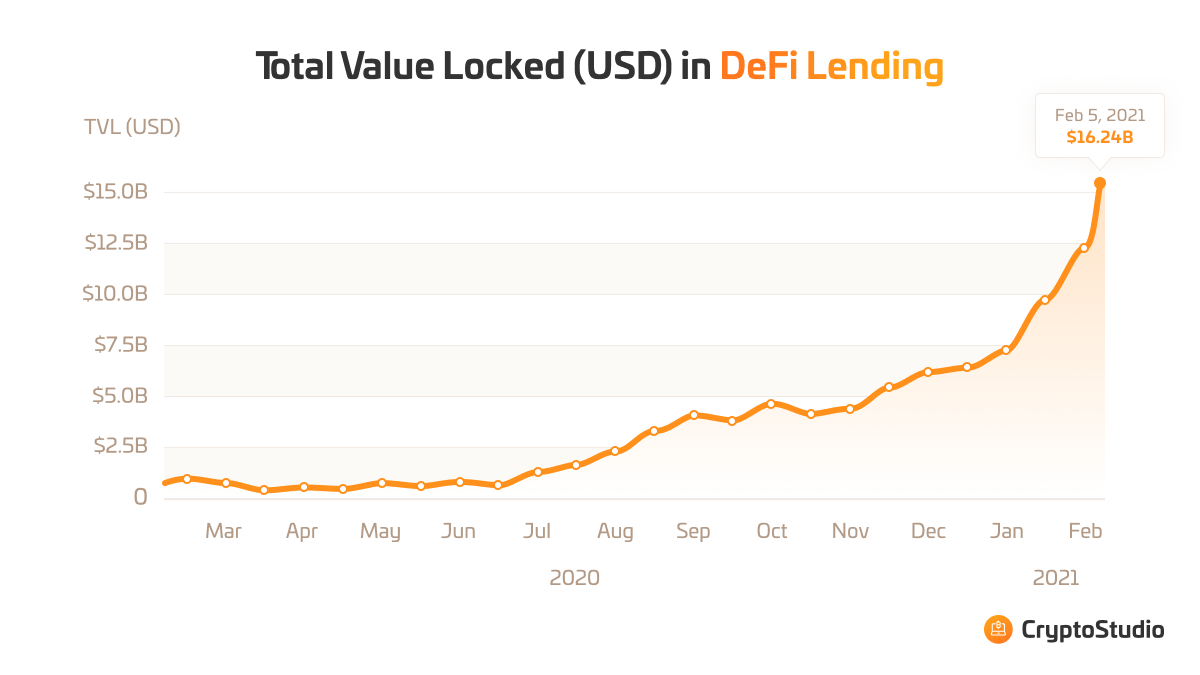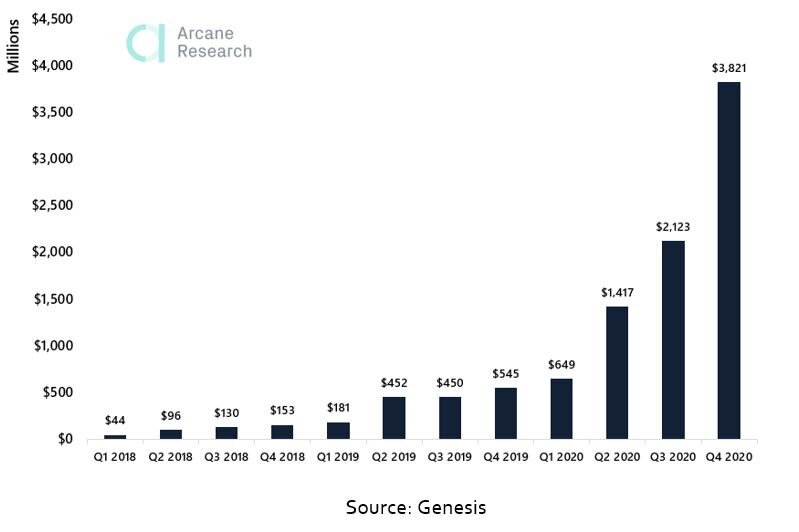Market Analysis of Crypto Lending: StithulfERC
Welcome to the exciting world of crypto lending! In recent years, cryptocurrency has emerged as a popular asset class for investors around the world. Crypto lending, in particular, has gained traction as a way for investors to earn passive income on their crypto holdings. In this article, we'll explore what crypto lending is, how it works, top crypto lending projects in the market, and The Differentiation of StithulfERC.
A financial service that enables individuals, businesses, and organizations to borrow cryptocurrency directly from the main project.
Lending in the traditional financial system is all about banks and credit unions giving money to people and businesses that need it. The lenders check how trustworthy the borrowers are by looking at their financial history and income. If everything checks out, they'll give the borrowers a loan with an interest rate attached. The borrowers have to pay back the loan with interest over a certain amount of time.
Crypto lending is simple: just deposit collateral, upload document and get a loan in seconds. No paperwork, no credit checks, and lower interest rates than traditional banks. It's fast, transparent, and secure. Join the revolution and get the funds you need, when you need them.
Market Size & Potential
Crypto lending is around us from the early days of Bitcoin in 2009, when early adopters of the cryptocurrency began to lend it out to others. However, it wasn't until around 2017 that the crypto lending market began to take shape and see significant growth, with the emergence of platforms like SALT and BlockFi Network.

According to a report from Cyberstudio (Source: DeFi Pulse), the Total Value locked in DeFi Lending experienced significant growth during the 2020-21 period.
In the current market of 2022-23, the demand for crypto lending has witnessed a sharp rise. The growing acceptance of innovation and adoption of newer technology across a broad range of society are the primary factors responsible for this growth. According to a report by Coinmarketcap, the global crypto lending market size is expected to reach USD 5.5 billion by 2025, growing at a CAGR of 12.5% from 2020 to 2025. This report reflects the trend of rapid growth in the crypto lending industry. Additionally, the growth of decentralized finance (DeFi) has also played a significant role in increasing the demand for crypto lending. With the continuous advancements in technology, we can expect this trend to continue in the coming years.
Aave is a decentralized lending platform that allows users to borrow and lend a wide range of cryptocurrencies. One of the key technical aspects of Aave is its use of smart contracts, which ensure that all transactions are secure and transparent. These smart contracts are open-source and audited, meaning that users can trust that their funds are safe and secure.
Borrowers on Aave can access their funds through a simple web-based interface. They request funds by selecting the amount and cryptocurrency they want to borrow. Aave matches the borrower with a lender and the funds are transferred directly to the borrower's wallet. To qualify for borrowing, borrowers need to provide collateral, which can be in the form of cryptocurrencies or other assets such as real estate. This variety of collateral options makes Aave accessible to a wide range of borrowers. Overall, Aave is a secure and user-friendly platform for borrowers of all types.
Here is the list of other projects

While financial technology in the crypto industry has made lending accessible and funds readily available to borrowers, there are still risks associated with crypto lending that investors must consider. For example, a report by Genesis reveals an increase in total active loans outstanding from 2018 to 2020. Additionally, the default rate for crypto loans is higher compared to traditional loans, which are often federally insured. None of the crypto lending platforms are insured, at least not in the same capacity as traditional loans, and since the lending process is conducted entirely online, it is prone to hacks and other online attacks, posing a significant risk to borrowers.
Furthermore, there are other risks to consider when using crypto lending platforms, such as market volatility and liquidity issues. The value of cryptocurrencies is notoriously volatile, which can impact the value of the collateral used to secure the loan. Additionally, crypto lending platforms often require borrowers to provide a substantial amount of collateral, which can lead to liquidity issues if the value of the collateral declines rapidly. It is crucial for investors to weigh these risks against the potential benefits of crypto lending carefully.
To mitigate potential drawbacks, Risk management is crucial for crypto lending projects as it ensures the safety and security of borrowers' funds and the overall stability of the platform. Here are some risk management measures that crypto lending projects typically employ:
A crypto lending firm should also employ additional risk management measures to ensure the security and stability of the platform, such as diversification, stress testing, margin calls, smart contract audits, and transparency.
The regulatory environment surrounding crypto lending varies widely across jurisdictions, with some countries having taken steps to provide regulatory clarity, while others have yet to develop a clear regulatory framework.
In the United Kingdom and Singapore, regulatory bodies have taken a more proactive approach to providing guidance and oversight for crypto lending platforms. In the UK, the Financial Conduct Authority (FCA) has implemented a regulatory sandbox to allow fintech firms, including crypto lending platforms, to test innovative products and services in a controlled environment. Meanwhile, in Singapore, the Monetary Authority of Singapore (MAS) has issued guidance on the regulation of digital token offerings, which includes provisions for crypto lending.
In the Hong Kong, crypto lending platforms are subject to regulation by the Securities and Futures Commission (SFC). The SFC issued guidance on the regulation of virtual asset trading platforms in 2019, which includes provisions for crypto lending activities.
Stithulf ERC is an upcoming crypto lending service that will enable users to apply for loans by purchasing tokens and verifying their identity. Our services will offer flexible repayment intervals, a fixed global interest rate, and real-time loan monitoring to ensure a seamless borrowing experience. With Stithulf ERC, users will have access to fast, secure, and reliable lending services that empower them to take control of their finances and achieve their goals.
At Stithulf, we value innovation and collaboration. We are always looking to improve our services and welcome feedback from our users. We also believe in rewarding community developers, customers, and individuals who have helped us on our journey. By working together, we are confident that Stithulf ERC will lead the way in the financial services industry.
In conclusion, Stithulf ERC will provide lending services using innovative features, technology, and a user-centric approach. Our goal is to revolutionize the way people access financial services.
Join The Community Now